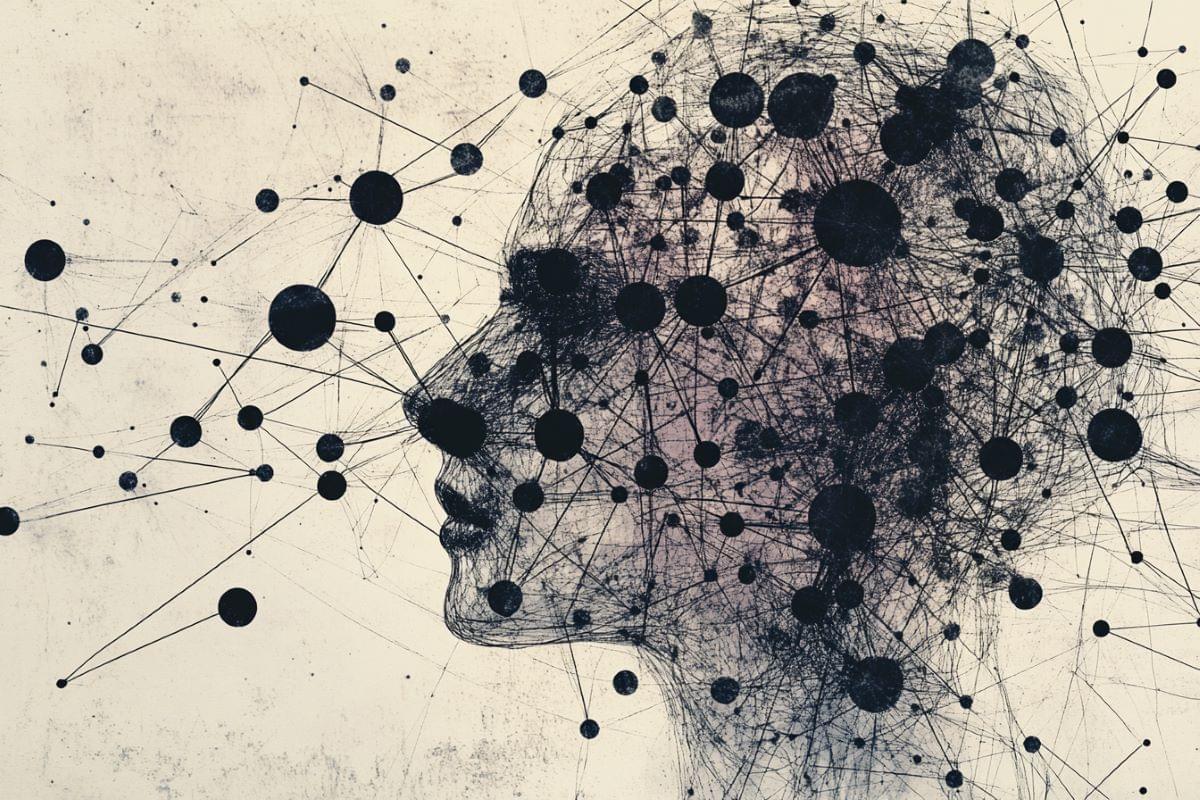Summary: Researchers analyzed human motivation from an evolutionary perspective, identifying 15 key motives that drive behavior. These motives, grouped into five categories—environmental, physiological, reproductive, psychological, and social—reflect adaptations that helped early humans survive.
The study used network analysis of survey responses to reveal how these motives interconnect and influence one another. Notably, Status and Play emerged as central to motivational structures, facilitating resource access and skill development.
Findings also showed age and gender differences in motivational priorities, with younger individuals focusing on Status and Play, while older adults prioritize Comfort and Fear. The results have broad applications in marketing, AI, and mental health, helping tailor strategies to different motivational needs.
